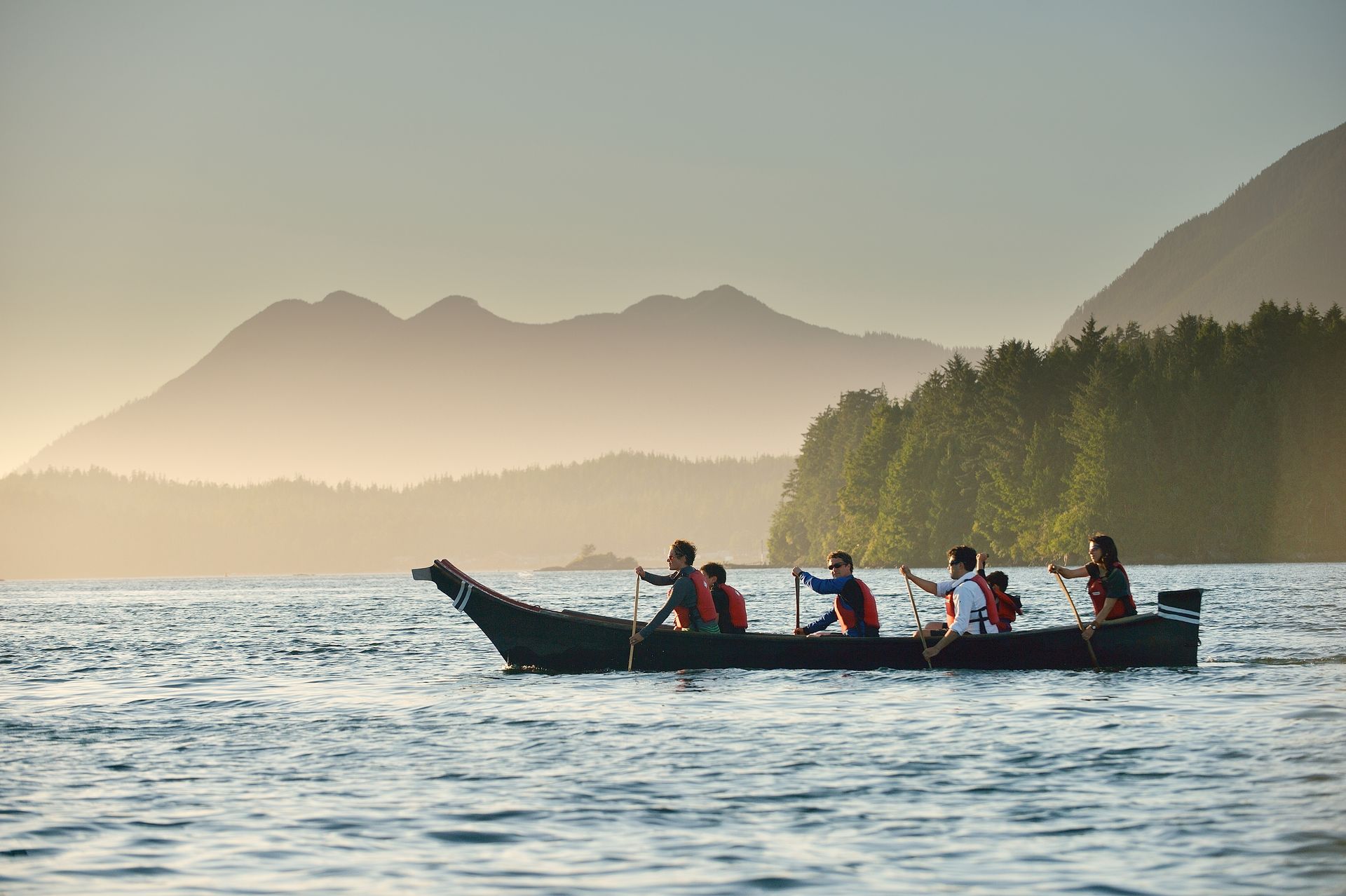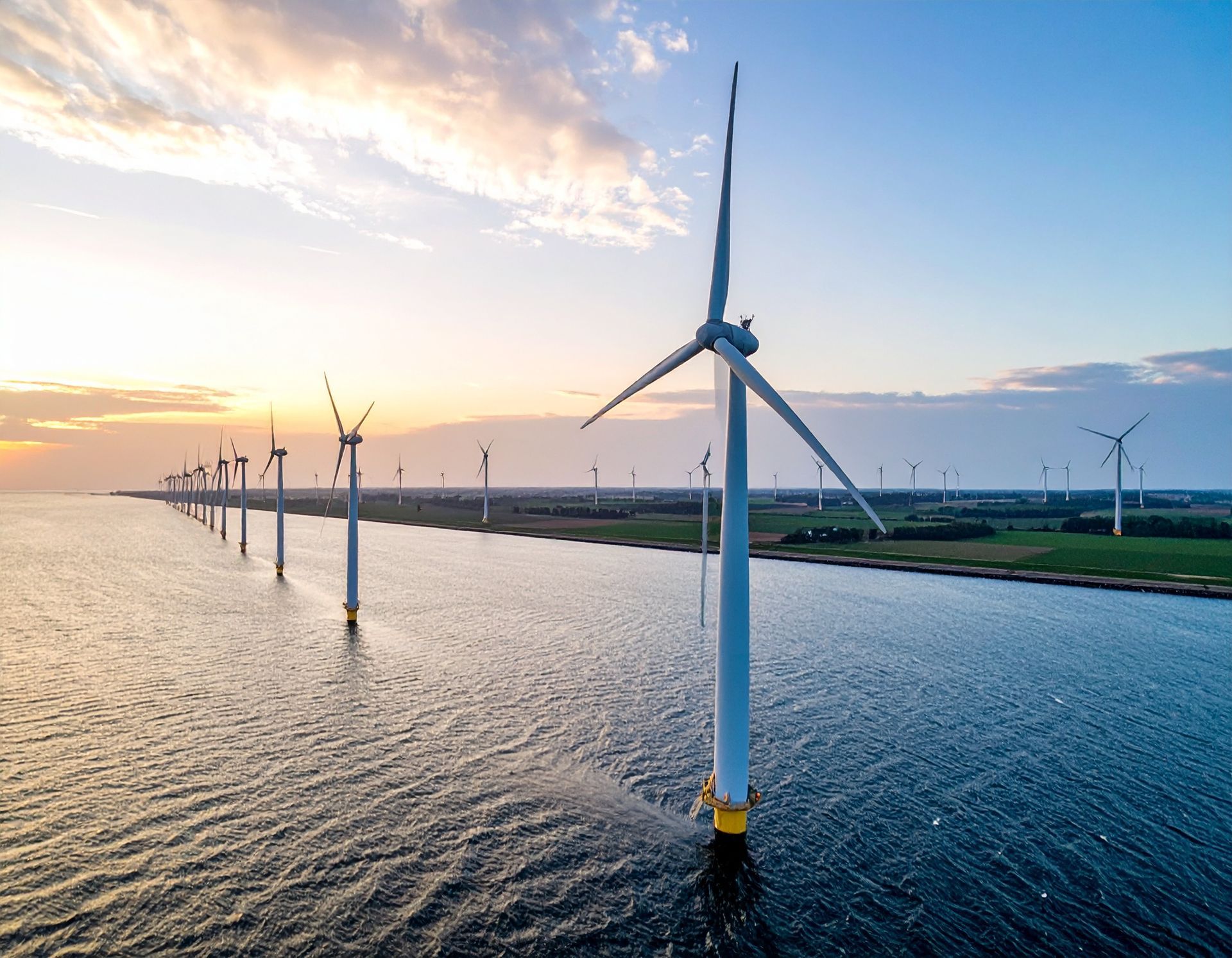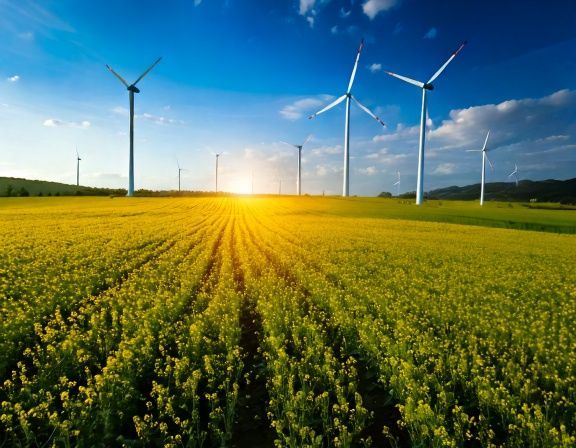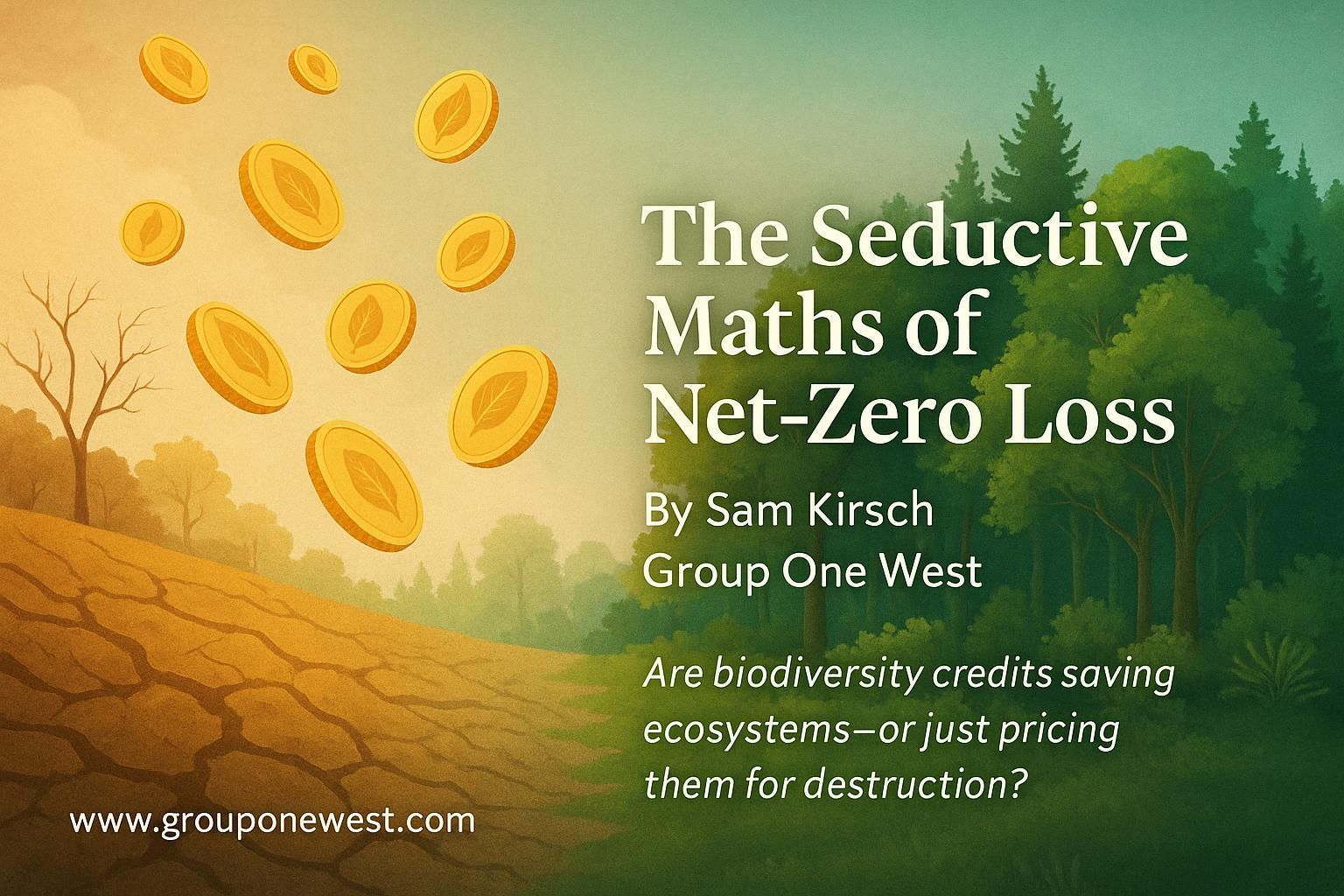
Climate Reality and Tourism’s Breaking Point Climate change isn’t a distant threat anymore. It’s here, reshaping life across North America and beyond. Wildfire smoke turning New York and Chicago orange. Heatwaves stronger than anything in recorded history. Floods and storms that used to happen once a century now showing up every few years. Farmers struggle with shifting seasons; coastal towns fight rising seas; communities buckle under rolling blackouts. Even if people don’t notice the temperature creeping upward, they notice the consequences. And few industries feel these changes earlier or more brutally than tourism . Tourism has become the canary in the climate coal mine. In Australia, the Great Barrier Reef suffered catastrophic bleaching — wiping out up to 95% of corals in some regions and shaking a $6.4 billion tourism economy. In the French Alps, entire winter seasons vanished because there simply wasn’t snow. In southern Europe, 40°C summers pushed tourists indoors or away entirely. Places people once visited for beauty or adventure are becoming too damaged, too dry, too smoky, or simply too hot. But tourism faces a painful contradiction: It’s both threatened by climate change and responsible for roughly 8% of global emissions. And for years the industry leaned on “carbon-neutral” marketing, built on offset schemes that proved largely worthless. As one First Nations Elder put it bluntly: “Offsets try to pay the Earth with counterfeit money — she knows the difference.” The truth is simple: tourism can’t buy its way out of this. It must transform . So the question becomes: What if tourism didn’t destroy the places we love — but helped heal them instead? This question leads directly into the story unfolding on Canada’s West Coast.

The Land is more than a place. It is a living being. We begin by recognizing that the Land is not simply ground beneath us, but a living being—our teacher, our relative, and our responsibility. Here on the West Coast, guided by the knowledge of First Nations peoples, we are reminded that the rhythms of the Land, the waters, and the 13 moons connect us to all living things. Humans are not separate from this circle of life—we are a part of it. Group One West carries these teachings forward. Our work is co-led with First Nations partners through Indigenous Economic Pathways, ensuring that everything we create—whether a carbon-negative resort or a living Climate Research Institute—honors this truth: that our future depends on walking gently, restoring balance, and regenerating life for generations yet to come. In the teachings of many First Nations across the West Coast and Interior, the Land embodies patience, stability, and longevity. Its cycles are not abstract but living truths, marked in the 13 moons of the year that guide ceremony, harvesting, and renewal. To speak of the Land in this way is not merely to reference geography; it is to acknowledge that the Earth is alive, that humans are inseparable from the circle of life, and that with this knowledge comes responsibility. This worldview shapes the foundation of our project. The resort and Climate Research Institute are not being built on the land as a commodity, but with the Land as a relative, a teacher, and a partner. This principle informs every decision—from the way energy is generated, to how water is respected, to how guests are invited into a regenerative cycle rather than a consumptive one. The patience and longevity of the Land remind us that our work must extend beyond immediate gains to ensure stability for future generations. This value is embedded in our hybrid model: a carbon-negative, energy-positive resort paired with a not-for-profit Climate Research Institute. The resort embodies regenerative tourism, where visitors experience not only hospitality but connection—through locally grown food, cultural learning, and clean energy systems that give back more than they take. The Institute, co-led with First Nations partners, advances research in renewable energy, bioelectricity, and climate resilience, sharing knowledge openly to inspire global change. To honor the Land is also to honor responsibility. For Group One West, this means fostering First Nation co-leadership, working alongside Indigenous Economic Pathways and local communities as co-creators of the vision. It means recognizing that true sustainability cannot exist without respect for cultural teachings, and that economic growth must be measured not only in dollars but in ecological restoration, cultural revitalization, and the well-being of people. Just as the Land carries us all, Group One West seeks to carry forward a vision of tourism and research that does not exploit, but regenerates. In this way, our project is not simply about a resort or an institute—it is about living in alignment with the worldview of First Nations: that humans are part of the circle of life, and that our future depends on walking gently, responsibly, and together.

On August 22, 2025 , California and Denmark signed one of the most comprehensive climate-technology agreements in history. The Memorandum of Understanding covers renewable energy, sustainable water systems, advanced materials, and AI-powered climate technologies. California Governor Gavin Newsom underscored that the state already sources 93% of its annual power from clean energy , while Denmark, long a pioneer in offshore wind and systemic design, has demonstrated that innovation and policy can move together at scale. This partnership is more than symbolic diplomacy. It is a signal of how global collaboration and local innovation must align if we are to accelerate climate solutions. It is precisely the path we are charting with Group One West on Canada’s west coast.

Engineered Electrogenic Microbes One frontier in bioelectricity is the genetic engineering of bacteria to directly produce current. Researchers at EPFL (Switzerland) recently created a strain of E. coli with a full extracellular electron transfer (EET) pathway, allowing it to act as an “electric” microbe. By borrowing genes from naturally electric bacteria (Shewanella), they enabled E. coli to shuttle electrons from its metabolism onto an electrode. This enhanced-EET E. coli achieved a three-fold increase in current output compared to previous partial pathways. It thrives on diverse organic feedstocks (even brewery wastewater) and doesn’t require exotic additives. In essence, these microbes turn organic waste into electricity—treating waste while generating power. This approach could be integrated into an eco-resort’s waste management system; microbial bioreactors processing sewage or food waste could simultaneously produce electricity to help run equipment. Another strategy is to chemically augment bacteria with “electron conduits.” A team at UCSB developed a synthetic molecule (DFSO+) that inserts into ordinary bacterial membranes and conducts electrons, effectively turning non-electric microbes into current generators. This molecule acts as a “protein prosthetic,” mimicking the function of natural electrogenic membrane proteins. Such additives could be a low-cost way to electrify microbes without genetic modifications. In practice, an eco-resort’s wastewater tanks could be “dosed” with these molecules to boost electricity production, offsetting treatment energy costs. Photosynthetically-Driven Bioelectricity (Biophotovoltaics) Another burgeoning area is biophotovoltaics (BPV); essentially living solar cells that use photosynthetic organisms (algae, cyanobacteria, or moss) to convert sunlight into electricity. BPV systems divert a portion of the excited electrons from photosynthesis to an electrode, producing current. Cambridge University researchers developed a two-chamber BPV cell that separates the light-harvesting zone from the power-delivery zone. They also genetically modified algae to reduce energy losses, achieving a fivefold boost in output—about 0.5 W/m². Their design stores charge via chemical intermediates, allowing operation at night. This is a unique advantage: unlike photovoltaics, a BPV can trickle power after dark by using stored energy in the organism’s sugars or metabolites. Other innovations include multi-organism BPV systems. One study paired oxygenic cyanobacteria with Shewanella in a symbiotic device. The cyanobacteria produce organic fuel via sunlight, which Shewanella then consumes, transferring electrons to an electrode. This indirect coupling achieved over 150 mW/m² and operated for over 40 days. Current BPV efficiencies are lower than silicon solar cells, but they offer sustainability benefits. The fuel (sunlight and water) is abundant, the devices use living, self-replicating materials, and they are biodegradable. BPVs likely won’t power an entire resort, but they could find niche uses—such as algae panels powering LED garden lights or charging stations. Because BPVs can be produced locally and don’t require high-tech manufacturing, off-grid communities or eco-resorts could deploy them for decentralized power. Researchers even envision “living” solar farms or architectural features like algae-powered bus shelters. Bio-Inspired Electrochemical Power Sources Scientists are also mimicking biological electricity organs and proteins to create novel power devices. Inspired by electric eels, researchers have built soft, hydrogel-based “electric organs.” In one design, thousands of gel droplets with alternating salt concentrations were printed on a sheet. When compressed correctly, the device produced over 100 volts, though at low current. This flexible, biocompatible device, powered by ion gradients, could drive small implants like pacemakers. An Oxford team later created a “droplet battery” only a few millimeters across, using five nanoliter droplets in a chain with varying salt concentrations. When triggered to fuse, an ionic current is released. A tiny version yielded ~65 nanowatts and stimulated living neurons in the lab. These biologically integrated power sources may one day power smart implants or micro-robots. While mostly at prototype stage, these systems are safe and ideal for wearable or medical use. For an eco-resort, they could power on-body sensors or monitors. In underwater eco-parks, artificial electric organs might power subsea sensors by harvesting salinity differences. These designs demonstrate how studying nature’s electrogenic proteins can lead to safe, soft power sources. Protein Nanowires and Moisture-Powered Generators In 2020, UMass Amherst unveiled the “Air-Gen” device, which generates continuous electricity from atmospheric moisture using a film of protein nanowires from Geobacter bacteria. Less than 10 microns thick, the film produces voltage as water vapor diffuses through its pores, creating a charge gradient. Air-Gen prototypes currently generate small currents, but researchers are scaling up. Nanowires can be mass-produced using engineered E. coli. By 2023, the team showed the effect is “generic”—nearly any material with nanoscale pores can harvest humidity power. This opens doors to using materials like cellulose or silica gel for air-powered generators. Applications include integrating Air-Gen films into walls or roofs of eco-resorts, silently producing power from humidity—especially in tropical or humid climates. These could charge batteries or run low-power devices. Wearables using this technology could power health monitors for guests, with no need for charging. Moisture-electric generators offer distributed, invisible energy harvesting, complementing solar and wind. Integration into Sustainable Infrastructure These innovations, while early-stage, show promise for sustainable systems: Waste-to-Electricity Reactors: Enhanced bacteria in waste treatment plants could output DC power, making processing energy-neutral or net-positive. Living Solar Panels: Biophotovoltaics in landscaping or facades could power lights or educational displays. Biologically Inspired Batteries: Safe wearables powered by hydrogel batteries could be part of guest wellness programs. Seaside resorts could even tap into lagoon salinity gradients. Ambient Air Harvesters: Any nanoporous coating could produce energy from humidity—ideal for rainforest lodges. By harnessing nature’s mechanisms—photosynthesis, bacterial respiration, and electrogenic physiology—we’re developing renewable electricity sources. An eco-resort of the future could demonstrate microbial fuel cells, algae solar panels, and moisture-powered devices. These innovations reflect a future where electricity is generated as naturally as it is consumed.

New biodiversity banks are using credits to equal a net zero loss. As the laws are currently, the profit in doing so is great. The problem will continue with this strategy and no gain in regeneration will be realized. This is a legal profit-making industry that prioritizes which species will not become extinct based on the need of industry and residential expansion. This will eventually lead to total extinction of many species and privatize pollination and other essential jobs that nature provides. The seductive maths of “net-zero loss” Biodiversity banks promise to square the circle between continued land-hungry development and conservation. Developers buy “credits” that—for a fee—are supposed to deliver an equivalent gain in habitat elsewhere, producing a headline figure of 0 % net loss . In England, for example, most planning consents must now show a 10 % “Biodiversity Net Gain” (BNG) , achievable either on-site, off-site or by purchasing statutory credits from a national register. The idea is lucrative. Analysts expect biodiversity and nature-based credit markets to balloon to US $48 billion by 2034 —a growth curve that has financiers salivating. Yet beneath the neat accounting lies an inconvenient ecological truth: a spreadsheet gain does not re-create a living ecosystem , nor does it repair the intricate relationships that evolved over millennia. Market logic trumps ecological logic Because credits are priced, the market quickly sorts species and habitats by their profitability rather than their ecological irreplaceability . Developers gravitate toward the cheapest credits that meet regulatory minimums , while “difficult” habitats—ancient peatlands, old-growth forests, coastal wetlands—become rounding errors in a land deal. Scientists have long warned that offsets create perverse incentives : the promise of an easy trade-off can erode the will to avoid or minimise damage in the first place. A 2024 UN-led panel bluntly concluded that global offsetting doesn’t work and that like-for-like compensation must stay strictly local if it is to have any hope of integrity. The extinction domino effect When credits legitimise destruction in one place and restoration in another, the losses are front-loaded and certain, while the gains are uncertain, delayed and often lower quality. Recent modelling shows that allowing greater “flexibility” in offset rules sharply raises the risk of permanent biodiversity deficits. In practical terms, this means: Local extirpations accumulate. Each approval licenses the erasure of a unique population; the promised offset may be hundreds of kilometres away, in a different micro-climate or soil type. Genetic diversity narrows. Relocation or re-creation rarely captures the full genetic variability that underpins resilience to pests, disease and climate shocks. Ecosystem functions unravel. Pollination, seed dispersal, soil formation and water regulation depend on networks of interacting species. Lose enough nodes and the web tears. The end-game is a mosaic of profitable “green zones” surrounded by biologically impoverished landscapes—what conservationists have called a “licence to kill nature.” Privatising nature’s unpaid labour Perhaps the most alarming consequence is the creeping privatisation of ecosystem services . By commoditising credits, we risk normalising the notion that essential processes—pollination, pest control, carbon sequestration—can be bought, sold and, if need be, siloed behind paywalls. If wild pollinators vanish because marginal ecosystems are repeatedly traded away, agribusiness will simply substitute managed hives or robotic pollinators, passing the cost to consumers. We have been here before. Carbon markets taught us that when the financial product becomes the goal, real-world emissions decline far more slowly than the credits imply . Biodiversity credits are at even greater risk because measuring “like for like” is exponentially harder. The World Resources Institute cautions that voluntary biodiversity credits “must clear a far higher integrity bar than carbon,” yet current laws do not require it. Why “no net loss” is not enough “Net-zero loss” is a misleading baseline in a world where biodiversity is already in free-fall. To halt extinction—and to restore ecological security—we must aim for net-positive regeneration . That means: 1. Avoidance first. Reject projects that would damage irreplaceable habitats, however many credits they might buy. 2. Local, additional, long-term restoration . Offsets should occur within the same ecoregion, deliver measurable habitat improvement beyond legal baselines, and be secured for at least 100 years, not 30. 3. Transparent, science-based monitoring . All offset sites must publish open data on species richness, functional diversity and ecosystem service indicators. 4. Public governance and Indigenous stewardship. Decisions about what can be traded—and what is off-limits—belong in democratic institutions that respect Indigenous rights, not in private registries. 5. Shift incentives upstream. Reform agricultural, infrastructure and housing subsidies so that conserving biodiversity is the cheapest, simplest option—credits then become a last resort, not a default licence to clear land. A call to action Biodiversity banking under current rules is an elegant accounting trick that risks exporting extinction to the margins while delivering handsome returns to developers and brokers . Unless policymakers tighten the rules—and civil society insists on genuine ecological outcomes—today’s “green” credits could become tomorrow’s scandal. We stand at a fork in the road: either double down on a credit system that treats species as interchangeable tokens, or embrace a regeneration agenda that recognises every ecosystem is unique and irreplaceable. We cannot afford to learn, after the fact, that money in a biodiversity bank was a poor swap for the living capital it allowed us to destroy. The future of our planet’s living fabric hinges on choosing the second path—before the balance sheet of extinction is too vast to reconcile.
